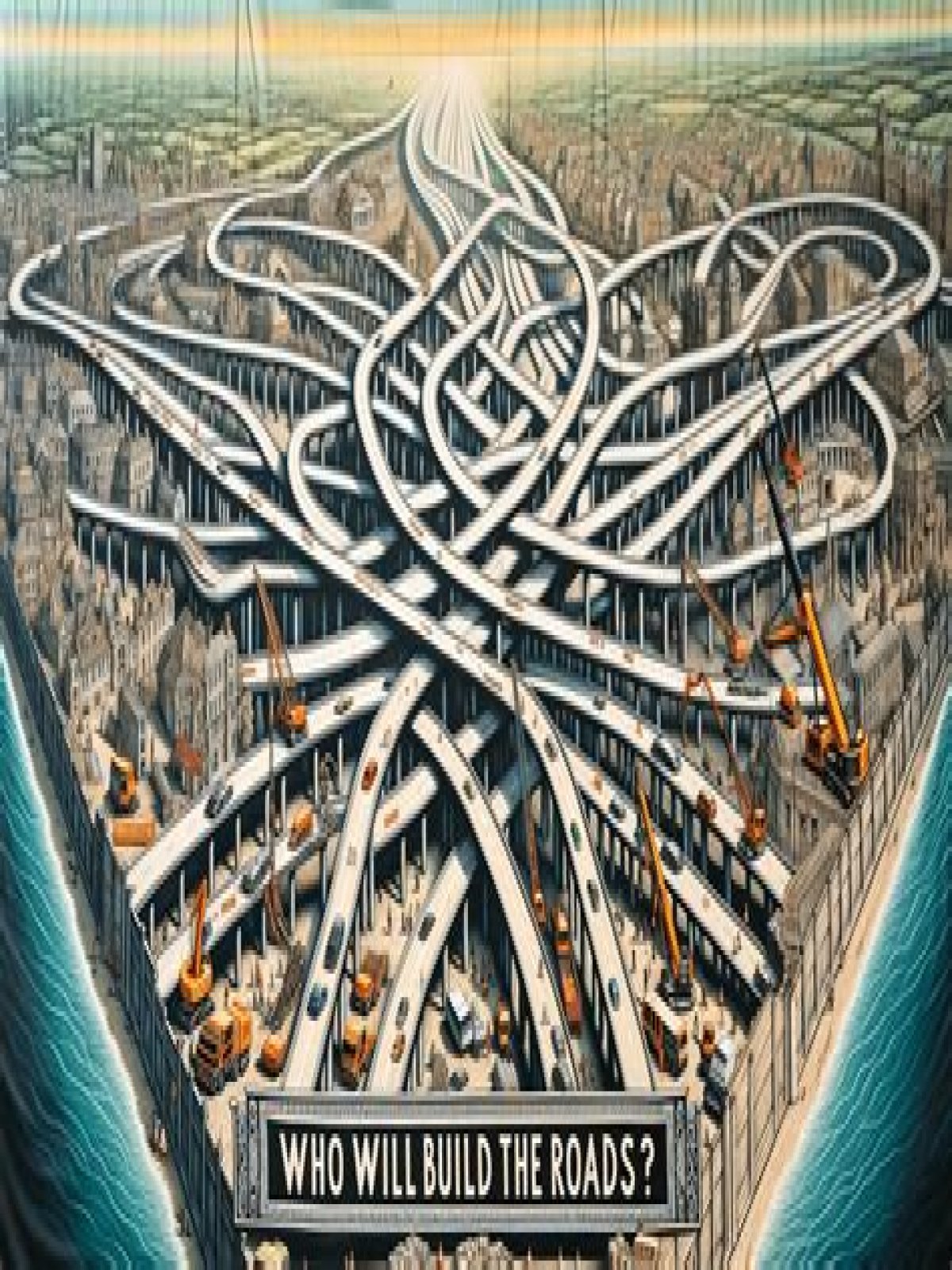- Are roads owned by the government?
- Are roads private?
- Is my street a private road UK?
- Are roads public good?
- How do private roads work?
- Are roads a free good?
- Do people own highways?
- Who owns America’s toll roads?
- Are highways profitable?
- Who is responsible for maintaining local roads?
- Are councils responsible for roads?
- How are roads funded in the UK?
- How do you build a road on land?
- How do they pave roads?
- Who designs building?
- Related Articles
Are roads owned by the government?
Road funding
Local government is responsible for around 90% of the NSW road network by length.
Are roads private?
The majority of streets in any city are public. If one of these roads needs to be repaired, the government takes care of it. In contrast, a private road is usually for an individual to gain access to a piece of land.
Is my street a private road UK?
If you want to find out whether a road is private or public, you can check this with the highway authority for the area in the UK. In most cases, this will be the local council.
Are roads public good?
A highway is a public good because it allows members of the public to travel more quickly and easily on a fairly democratic basis. The opposite of a public good is a private good, which is both excludable and rivalrous. These goods can only be used by one person at a time–for example, a wedding ring.
How do private roads work?
A private road can be used by the general public and is open to all who wish to use it, but it primarily benefits those at whose request it was established. Unlike highways that are cared for by the public at large, private roads are maintained at the expense of the private individuals who requested the road.
Are roads a free good?
In the case of roads and bridges, everyone pays taxes to the government, who then uses the taxes to pay for public goods. Roads: Free riders are able to use roads without paying their taxes because roads are a non-excludable public good. Public goods, as you may recall, are both non-rivalrous and non-excludable.
Do people own highways?
The federal government owns 13 percent of the total, while state and local governments own 87 percent. State and local governments dominate ownership in almost every area in the table. They own 98 percent of highways and streets, including the entire interstate highway system.
Who owns America’s toll roads?
The Toll Roads are owned by the state of California and operated by The Transportation Corridor Agencies (TCA). TCA is comprised of two Joint Powers Authorities formed by the California legislature in 1986 to plan, finance, construct and operate the 73, 133, 241 and 261 Toll Roads in Orange County.
Are highways profitable?
Highways do not – and, except for brief periods in our nation’s history, never have – paid for themselves through the taxes that highway advocates label “user fees.” Yet highway advocates continue to suggest they do in an attempt to secure preferential access to scarce public resources and to shape how those resources …
Who is responsible for maintaining local roads?
At the local level, for local roads and such, it’s typically a city or county that would do that. For the major infrastructure, highways, that’s a relationship between the local governments and the state DOT.
Are councils responsible for roads?
London’s local councils have a key role to play in managing London’s roads. London’s local councils are responsible for 95 per cent of the capital’s roads and are therefore key to ensuring that the road network is fit-for-purpose now and in the future.
How are roads funded in the UK?
All tax payers pay for roads, not just motorists. … And that’s where the money for roads comes from: the consolidated fund, the treasury’s pot of cash that pays for everything. No taxation in the UK is ring-fenced i.e raised by one set of users, and spent on that set of users.
How do you build a road on land?
How do they pave roads?
The Complete 7-Step Process for Asphalt Pavement Installation
- Step 1: Demolition and Removal.
- Step 2: Grading and Sloping.
- Step 3: Prepare the Sub Base.
- Step 5: Binder and Surface Course.
- Step 6: Install New Asphalt Surface.
- Step 7: Butt Joints and Transitions.
- To Complete the Project: Final Roll.
